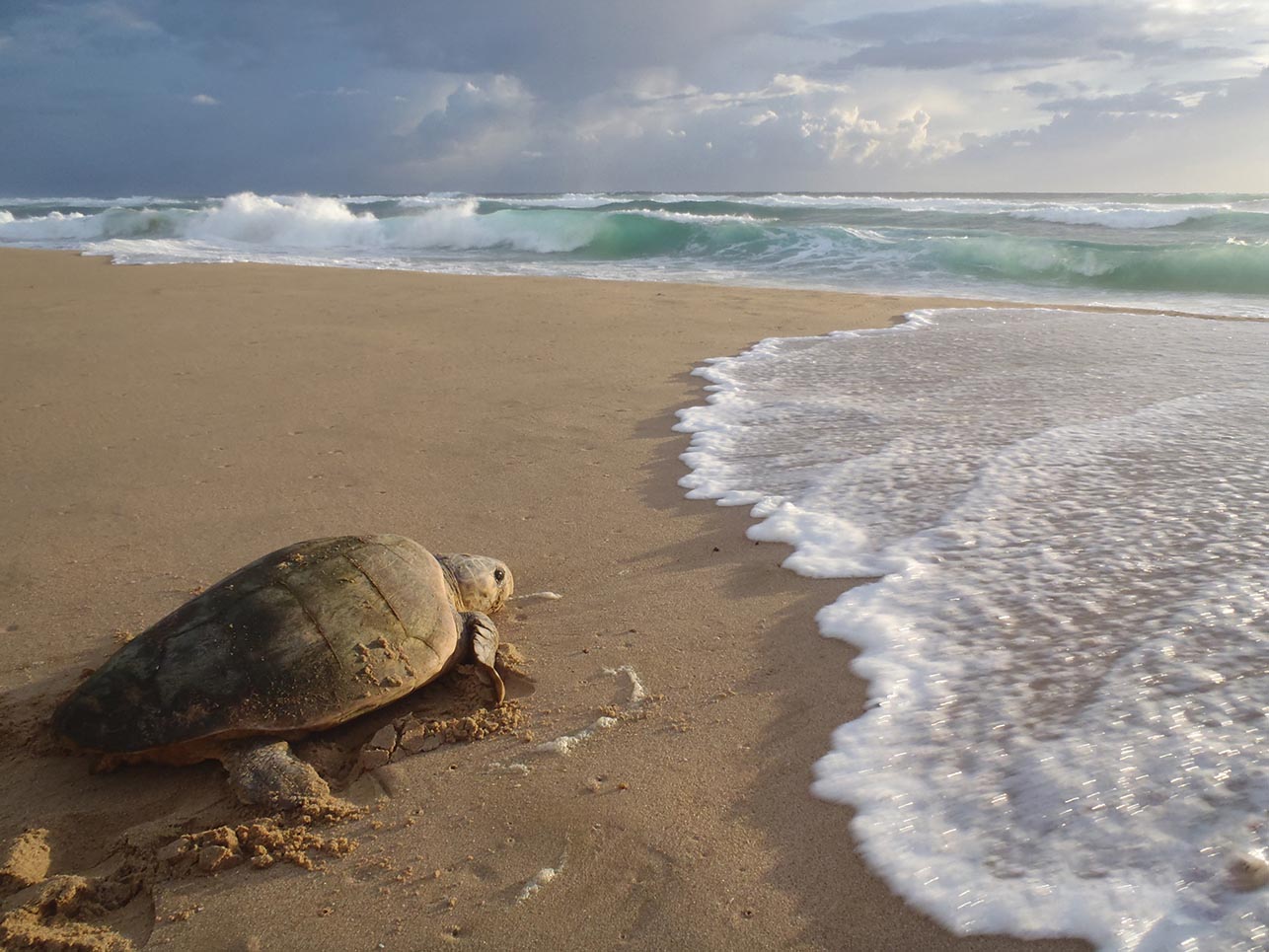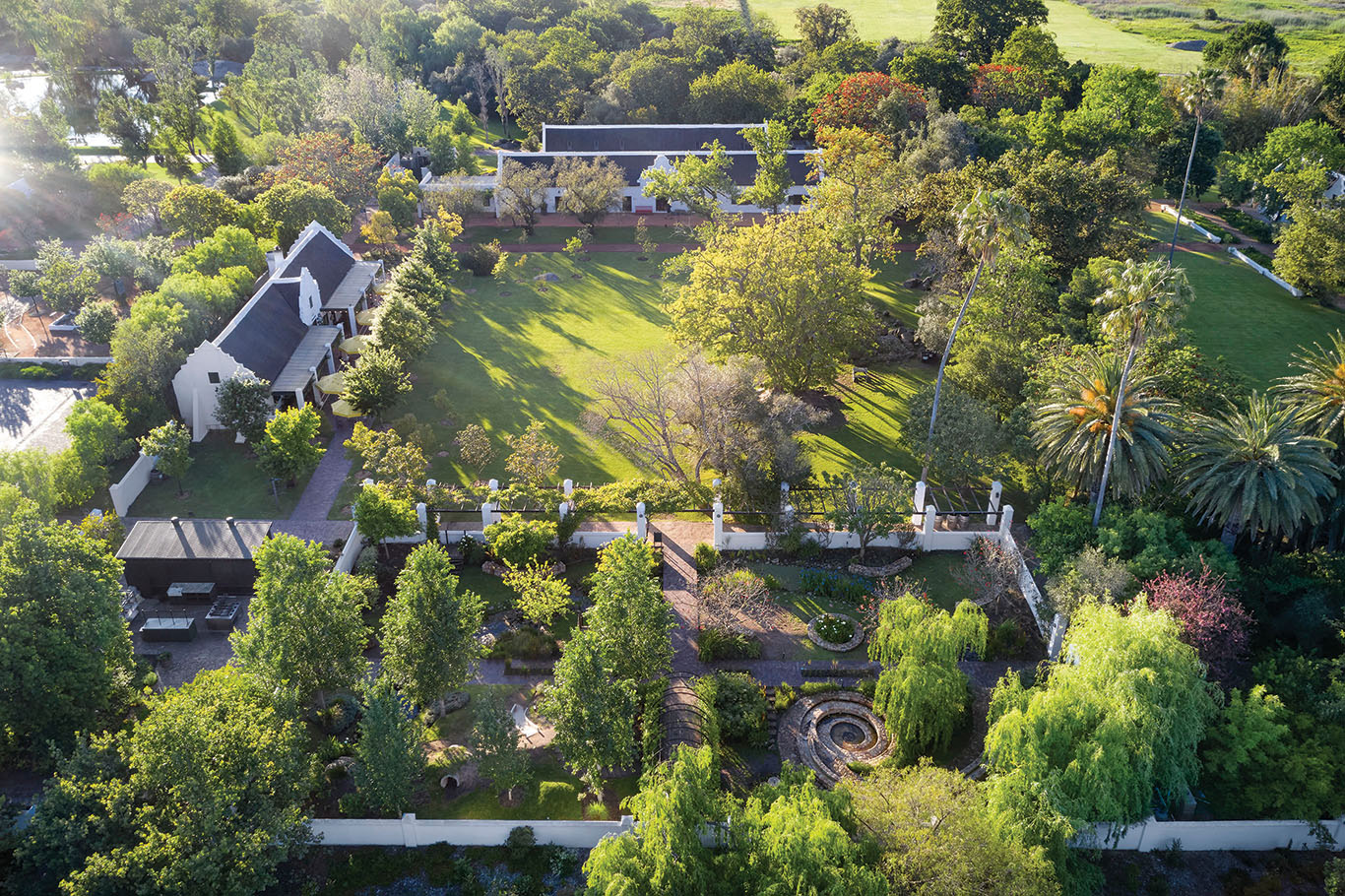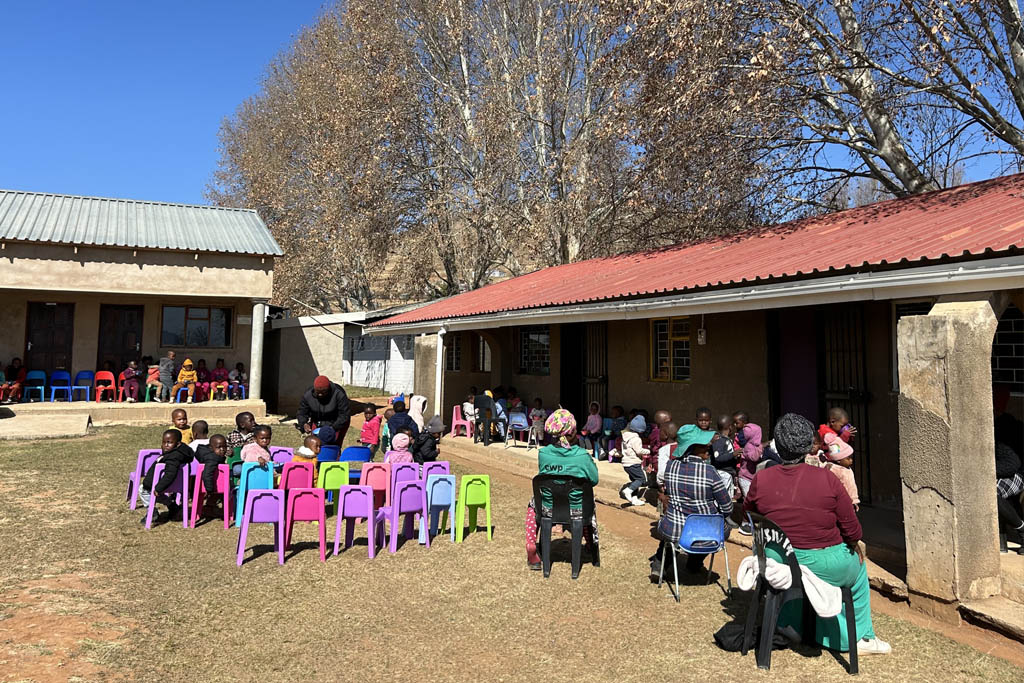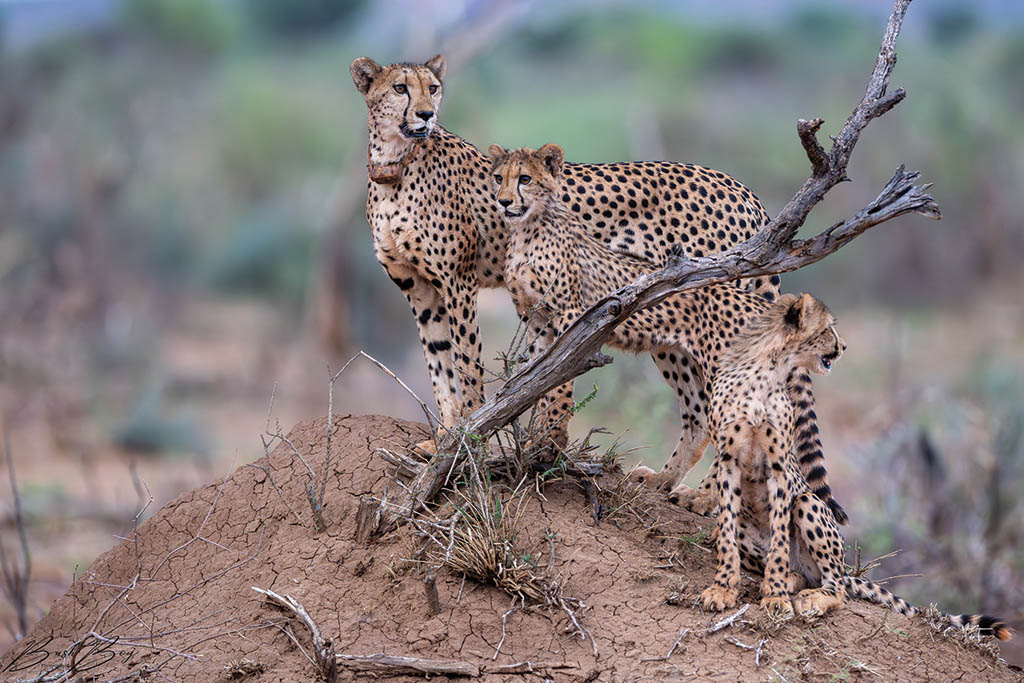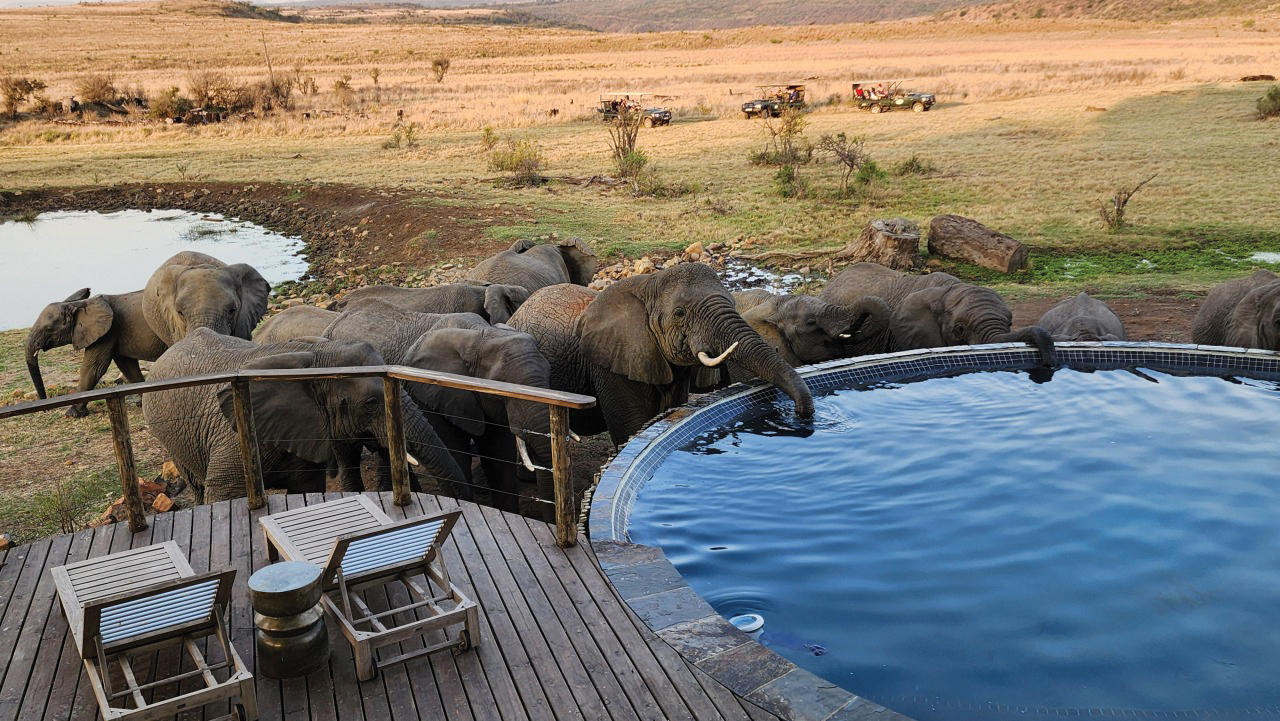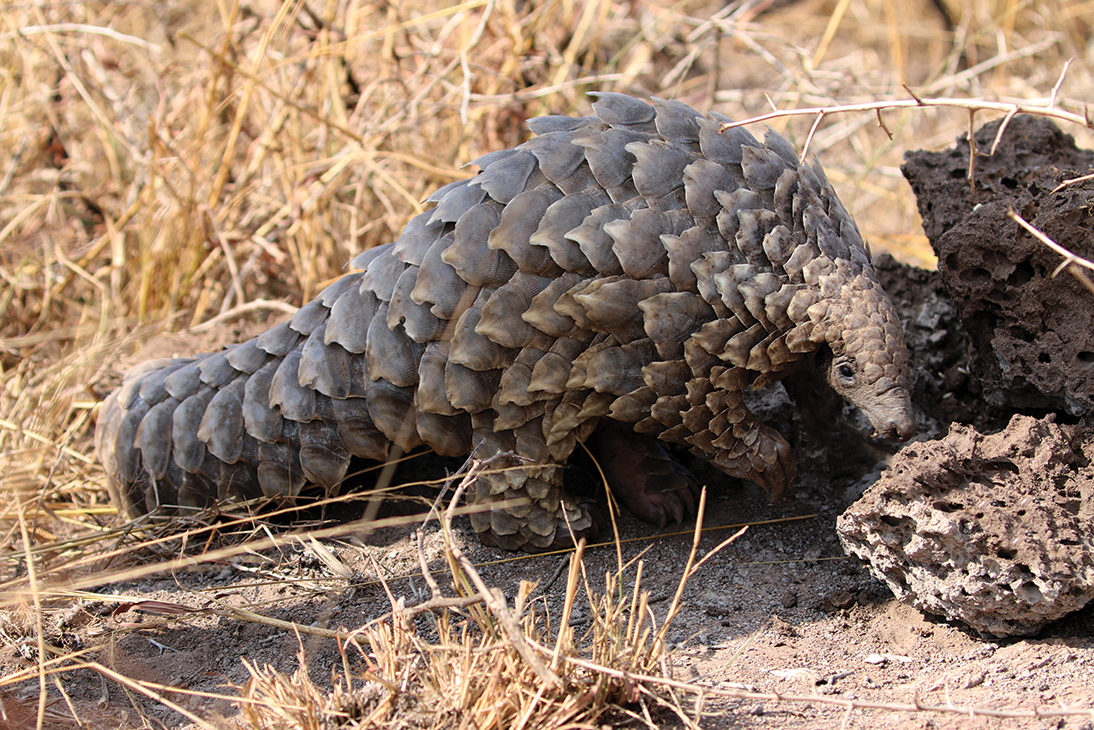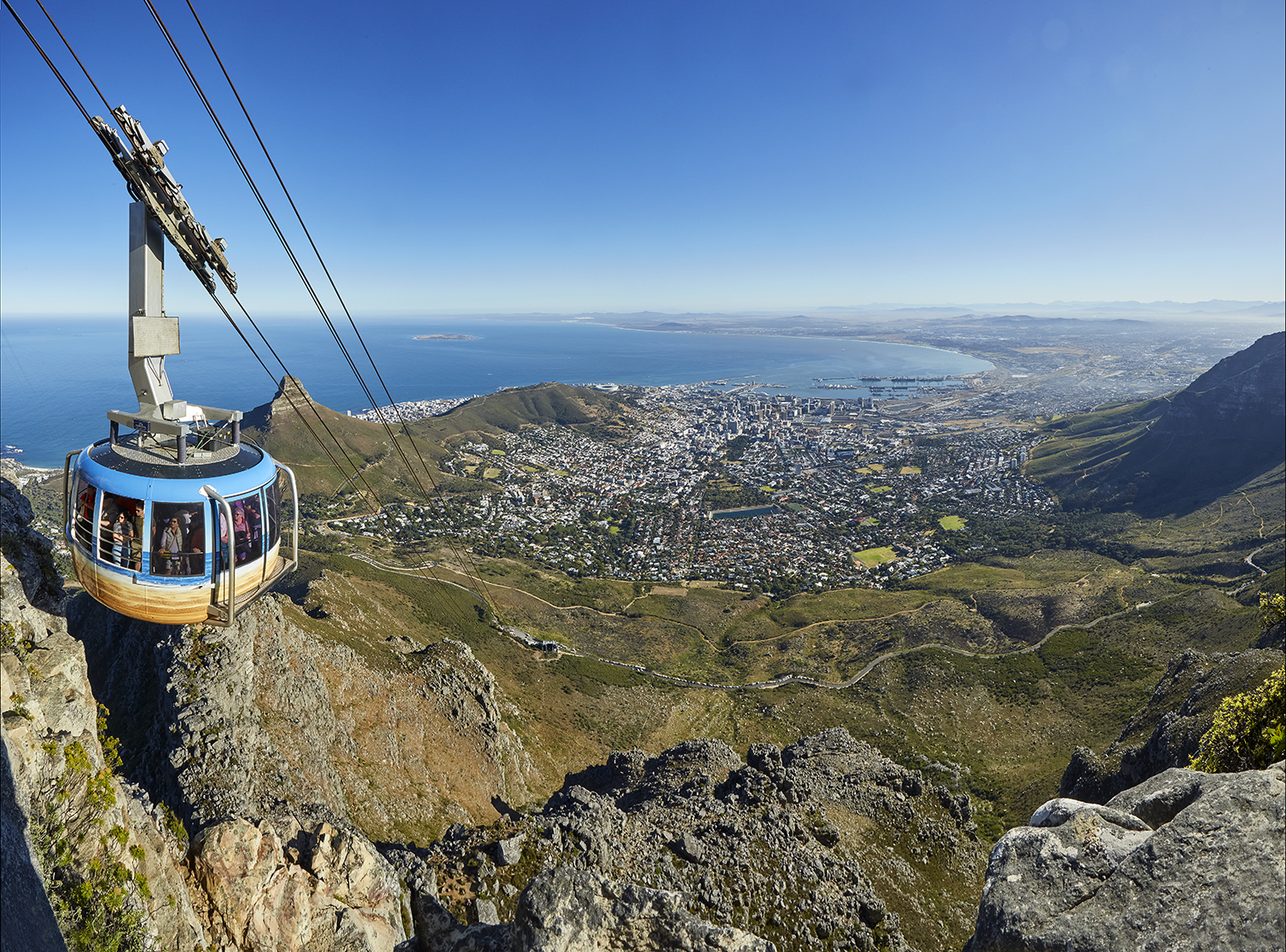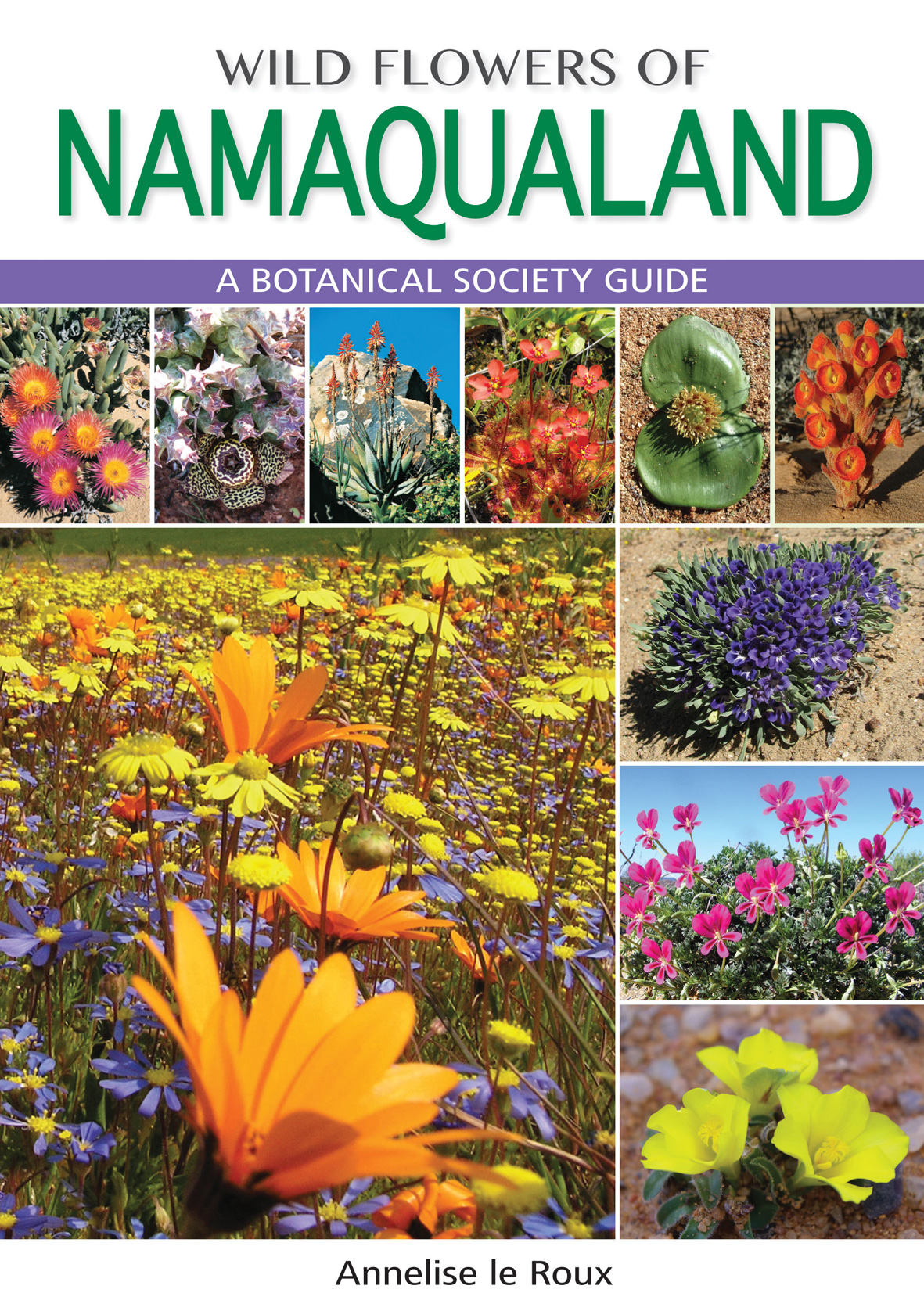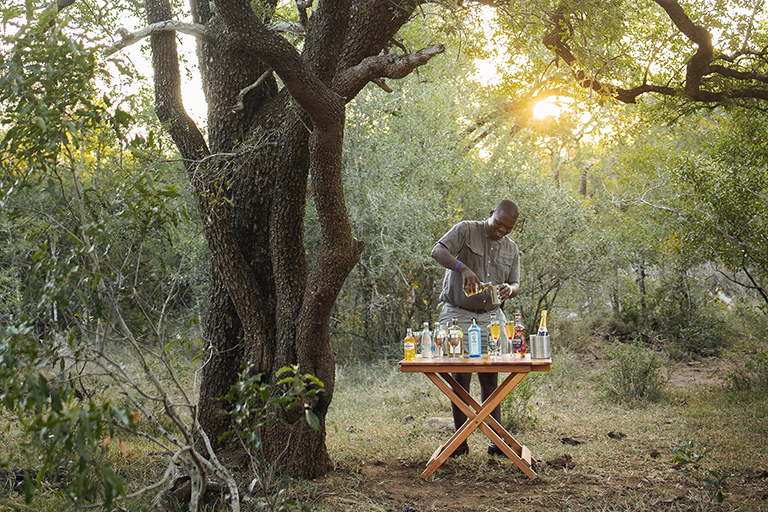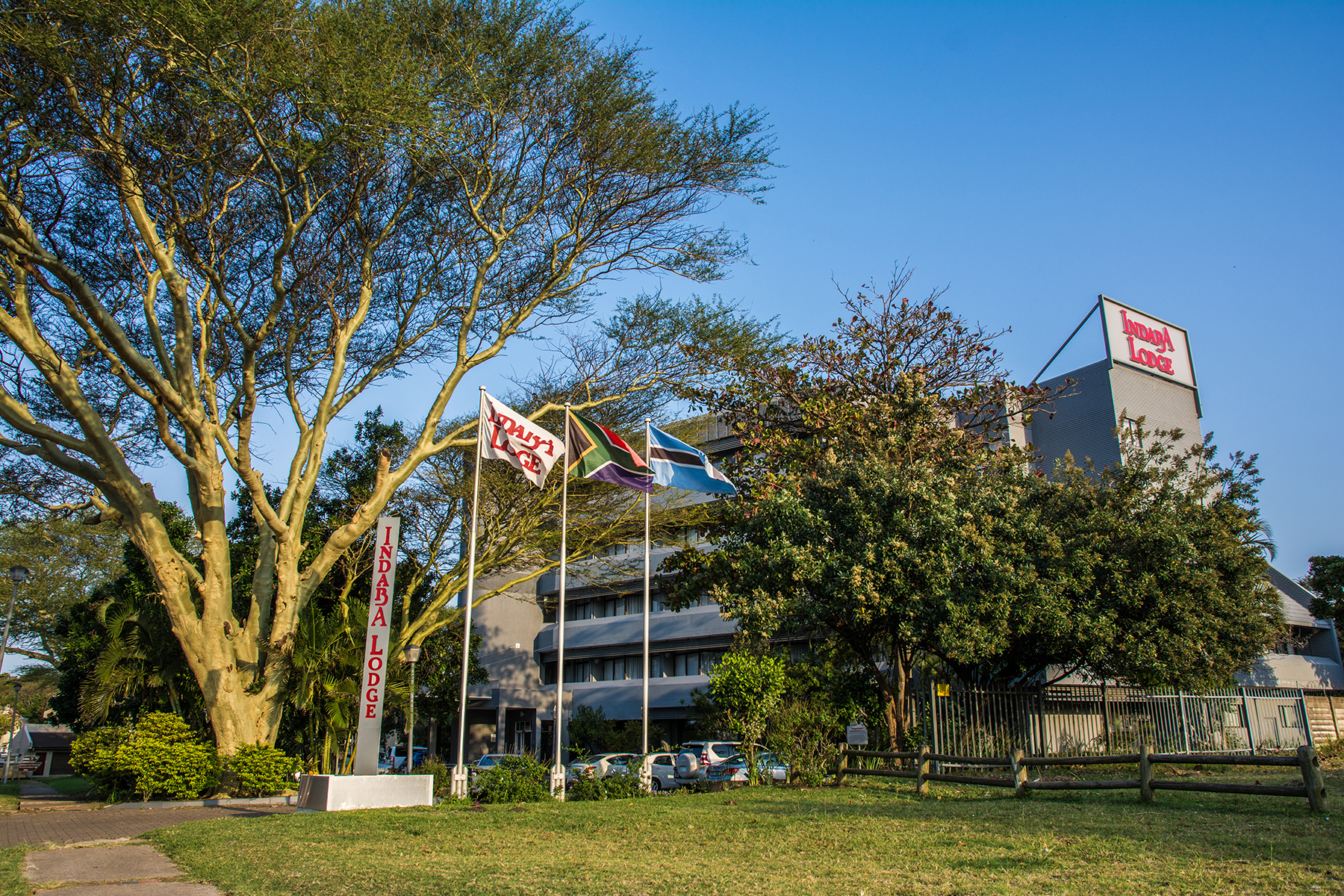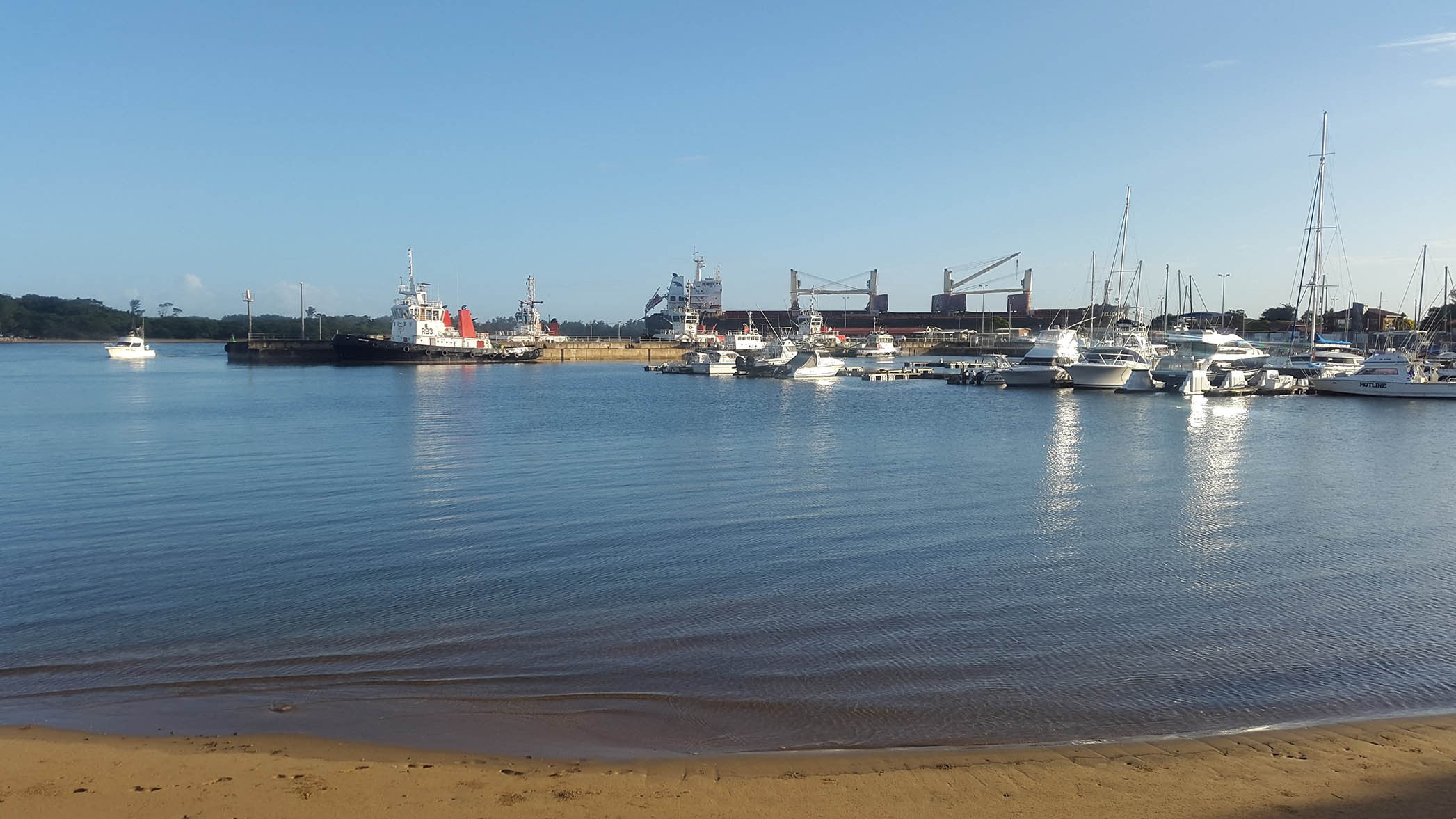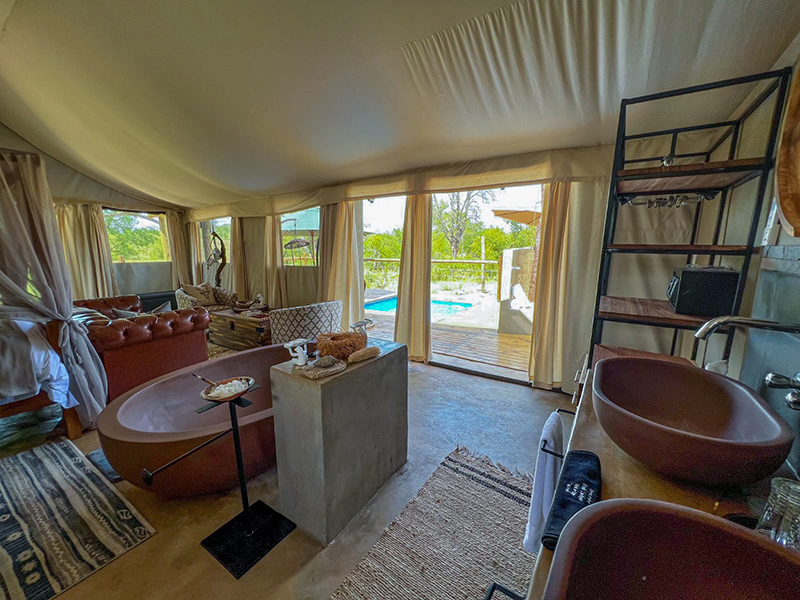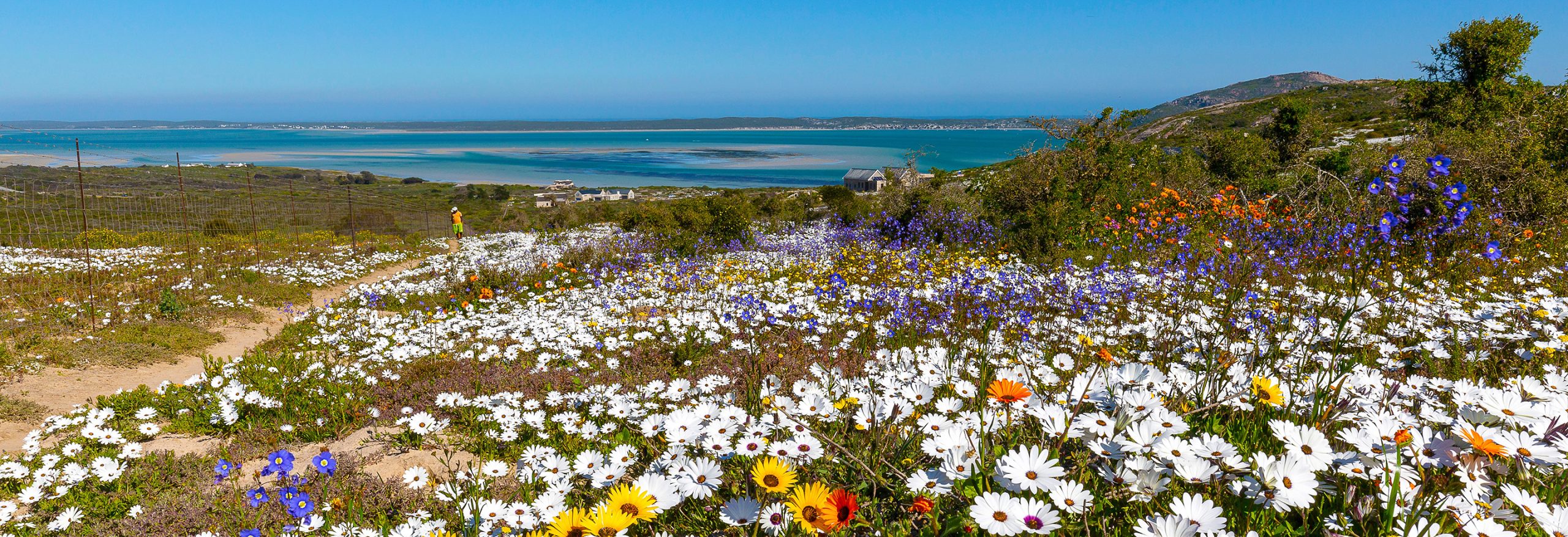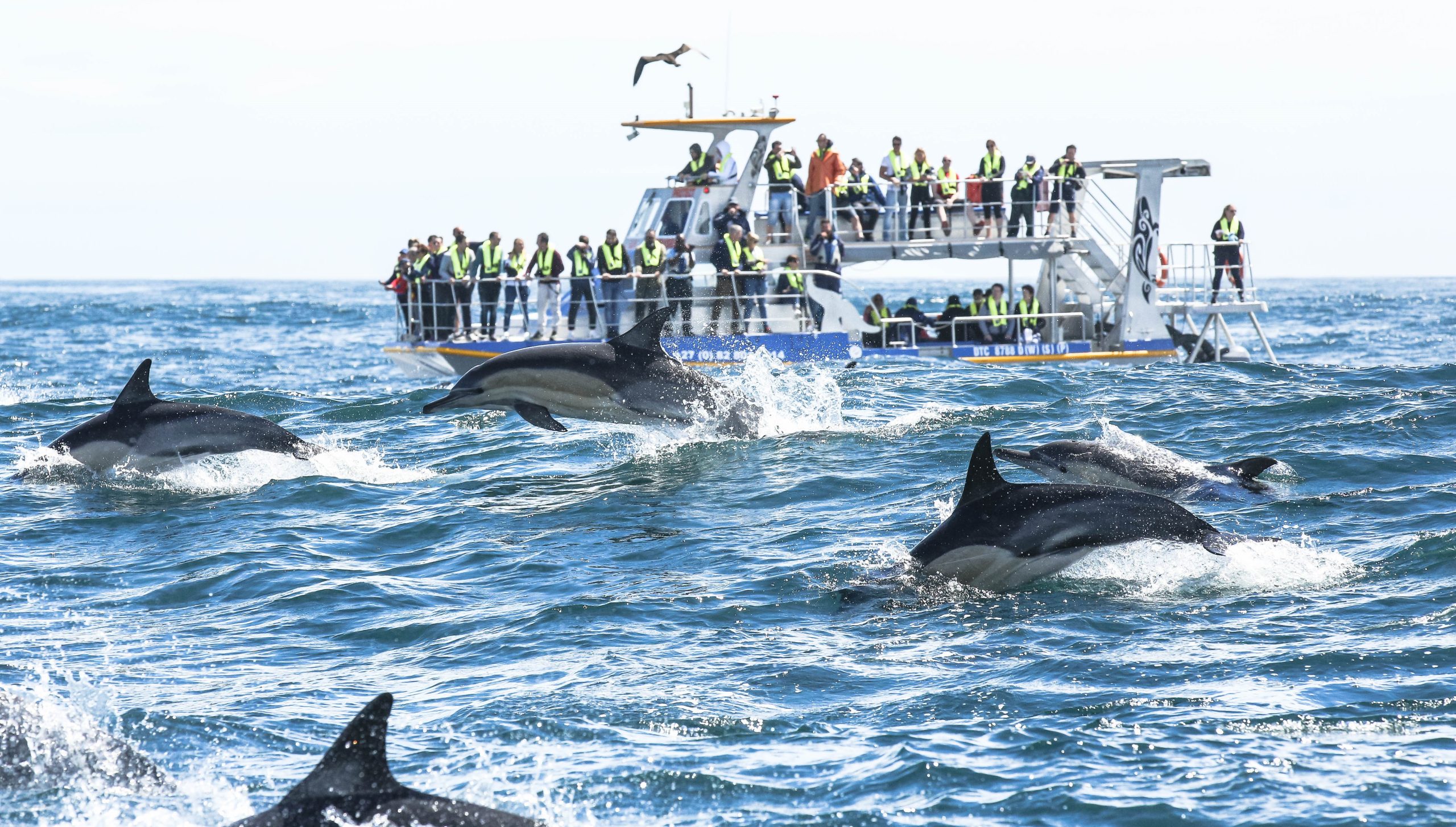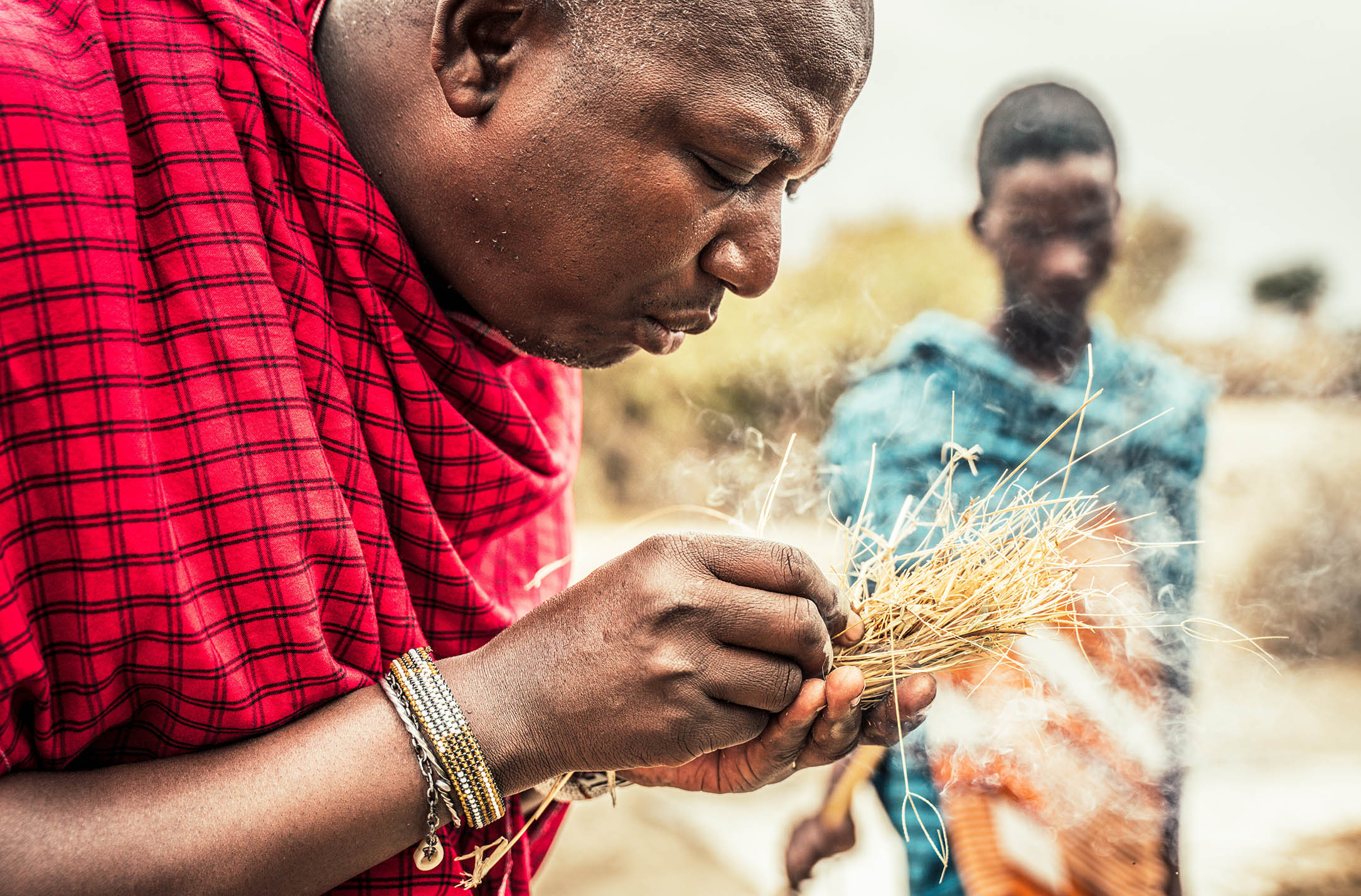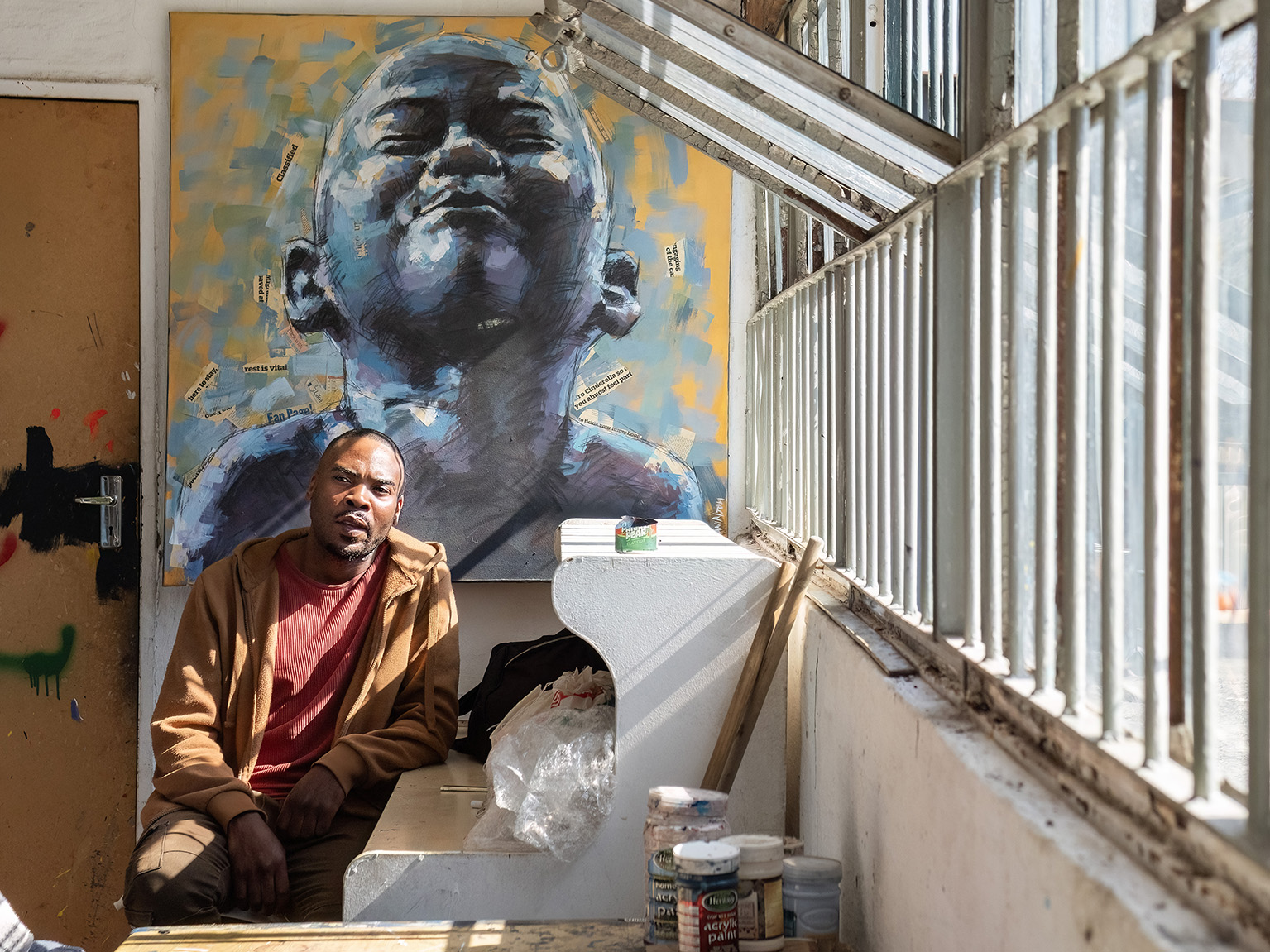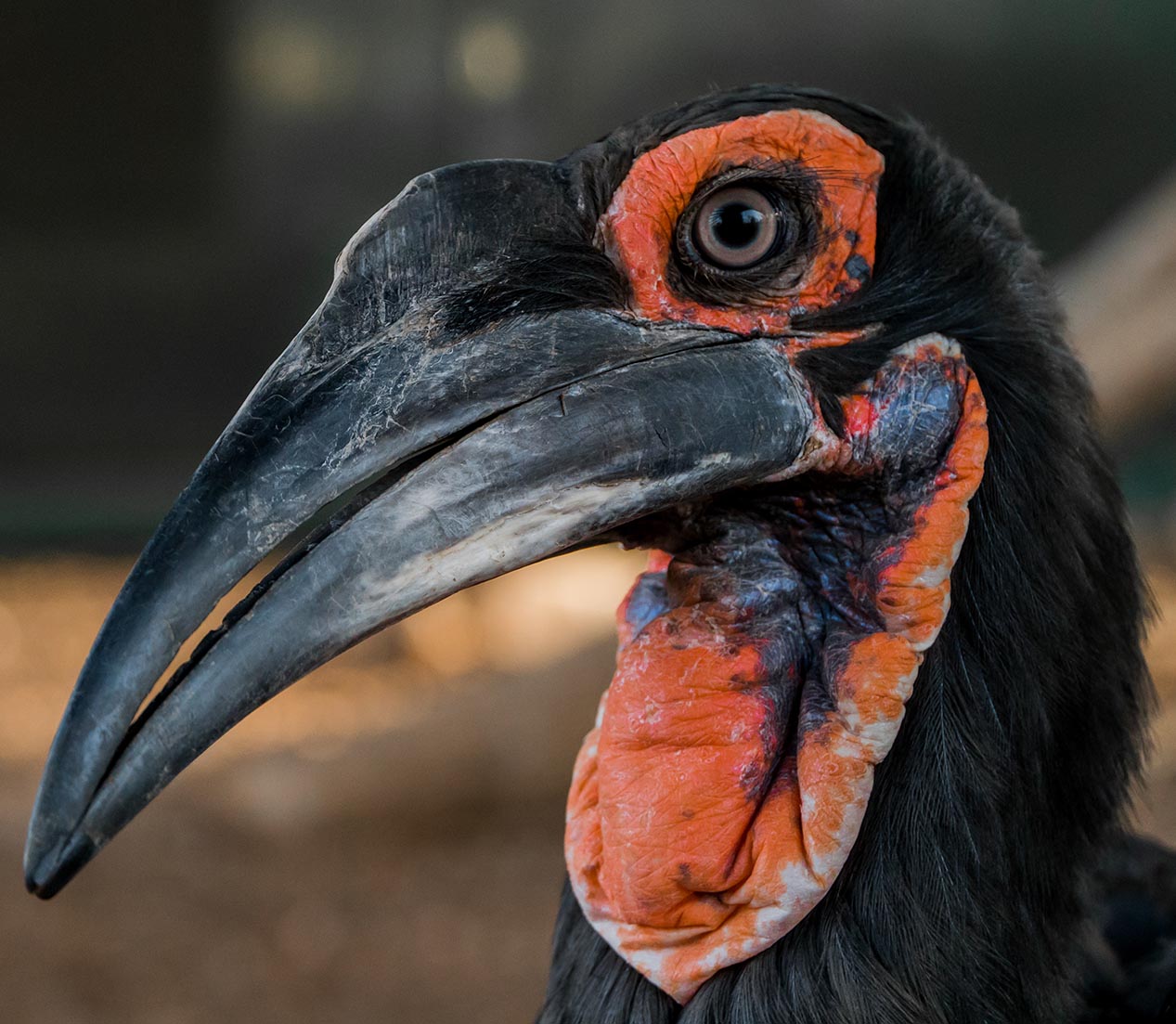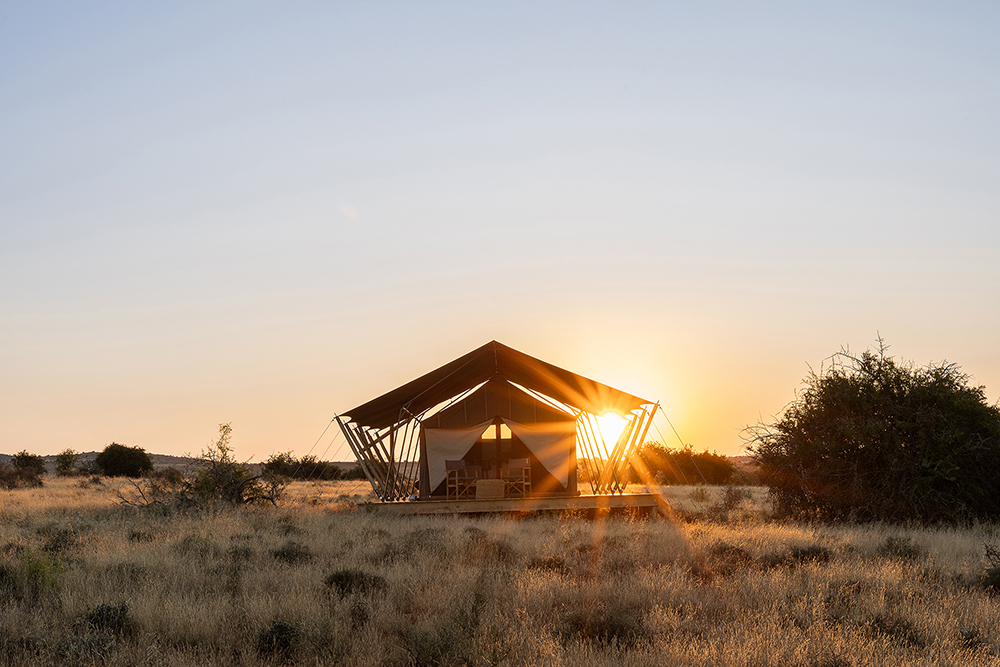
- September 30, 2025
- Editor
- 0
Words – Sarah Kingdom
Pics – Samara Karoo
There’s something very grounding about waking up in the Karoo, where silence stretches and time moves with the pace of the plains. At Plains Camp, part of the conservation-driven Samara Karoo Reserve in the Eastern Cape, sleeping under canvas takes on a soulful, stripped-back elegance, one that feels both connected and deeply restorative.
Set against a backdrop of semi-desert wilderness and jagged mountain horizons, Plains Camp is Samara’s most remote accommodation, and it’s here that brings you closest to the wild. There are four tents built on raised platforms, spaced far enough apart for privacy but close enough to feel like part of a shared experience. The tents are comfortable without being excessive: cosy beds, crisp sheets, canvas chairs, open-air bucket showers, and sweeping views across the plains where cheetah, giraffe, and buffalo roam. At night, paraffin lanterns light the walkways, and the calls of jackals carry across the veld. There’s no electricity, no Wi-Fi, and no rush. Designed with minimal impact in mind, Plains Camp is a celebration of slow travel, simplicity, and space.

This is not camping as you know it. Here, you fall asleep to the night-time sounds of the Karoo, and wake to the warmth of sunrise spilling across golden grasslands. Days are spent tracking wildlife by vehicle or on foot, with expert guides, while evenings are for sitting around the fire, listening to stories, occasionally lifting your head to gaze at the stars overhead, and soaking in the stillness that only a place this remote can offer.
It’s in this quiet, wide-open space that Samara Karoo Reserve has spent the past two decades reversing damage, rebuilding habitat, and restoring wildlife.

Samara Karoo Reserve’s pioneering rewilding efforts add a deeper layer to the experience here. Samara is a private reserve, made up of eleven former livestock farms in the Eastern Cape, just outside Graaff-Reinet. Over 28,000 hectares of degraded farmland here have been purchased and slowly but steadily returned to a functioning ecosystem. Fences were removed, invasive plants cleared, and natural water systems protected. Over time, native wildlife has returned; some reintroduced, like cheetah, lion, giraffe and black rhino, and others returning on their own as the environment recovered. It’s now one of the most ambitious conservation projects in South Africa’s semi-arid interior, forming part of a broader effort to link protected areas across the Karoo. And in the middle of it all, you can sleep under canvas in comfort.
The focus here is on slowing down and seeing more. Each day starts early, with coffee around the fire before heading out on foot or in a vehicle, with a guide and tracker. Samara is known for its walking safaris, and with good reason. Without the sound of an engine, you start to notice the small things – tracks in the dust, the calls of distant birds, the smell of wild aniseed crushed underfoot. It’s not about chasing sightings but about spending time in the landscape and learning how it works.
That said, the wildlife at Samara is not shy. You may follow cheetahs across the plains, watch giraffes feeding from a low ridge, or pass a herd of eland grazing in the late afternoon light. There are lions here too, and buffalo, but Samara is different from the usual Big Five checklist.
The conservation work being done at Samara adds weight to the experience. This is not just a place for tourists, it’s an active conservation site with research programs, ecological monitoring, and community involvement. Samara was the first private reserve in South Africa to successfully rewild captive-bred cheetahs, and its efforts have contributed to national cheetah population management. It’s also part of a long-term effort to establish a conservation corridor between Mountain Zebra and Camdeboo National Parks.
On a practical level, Samara employs people from surrounding communities, supports local schools, and funds environmental education.
It’s not just about putting animals back on the land, but about building a long-term future that benefits both nature and people.
Staying at Plains Camp gives you a front-row seat to that process, but it never feels like a lecture. It’s just part of what makes the place work. You’ll come away with a better understanding of the land and the long-term efforts needed to protect it.
As you sip morning coffee while watching a herd of eland pass by, it’s easy to forget the modern world exists, and that’s precisely the point. Plains Camp isn’t just about luxury under canvas. It’s about rediscovering the wild and your place in it.


